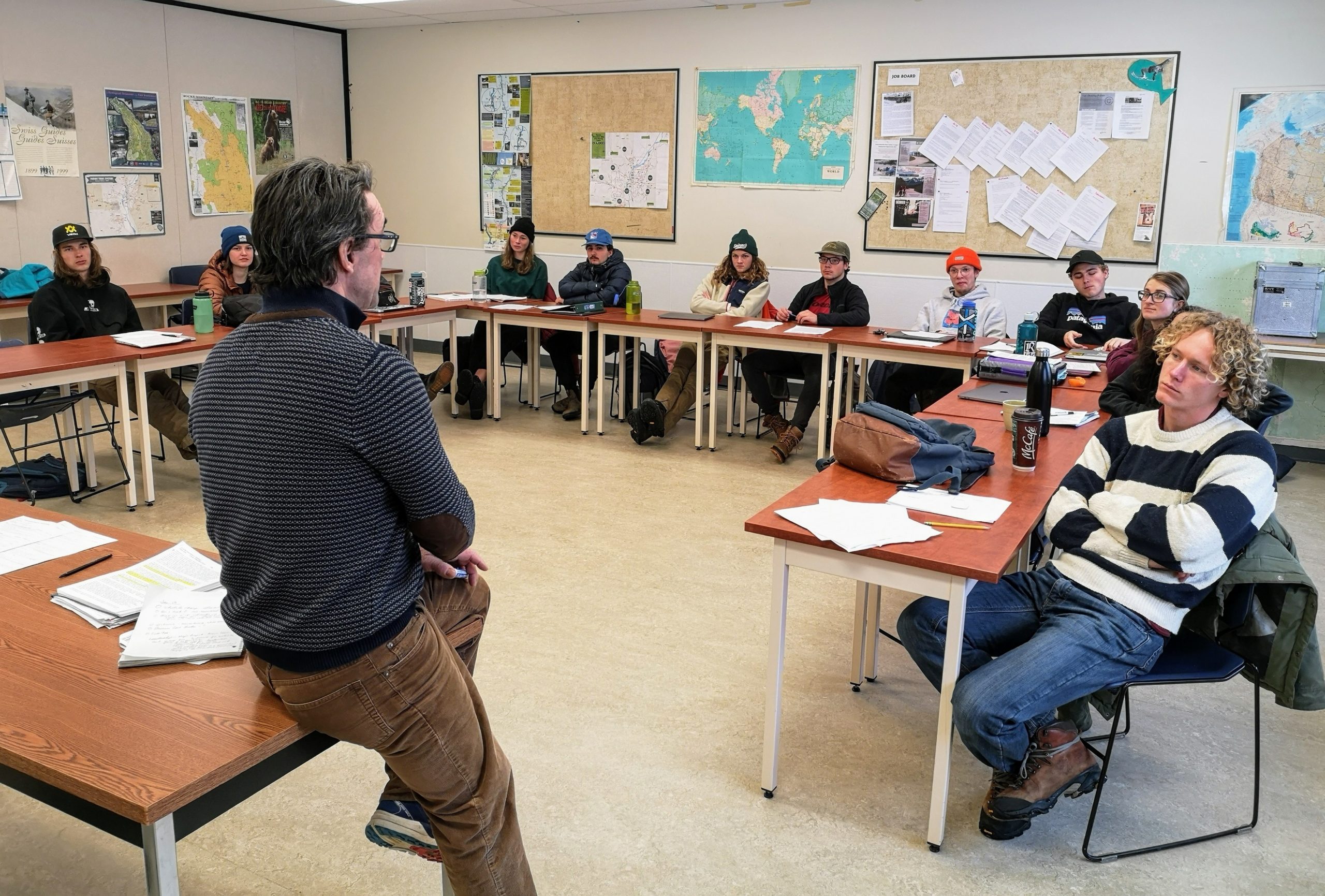Chapter 4 Communication Skills
4.3 Communication Strategies in Educational Settings
There are numerous instances in educational settings that communication strategies are needed. Some include:
- Listening and learning from lectures.
- Communicating understanding of topics through written assignments and tests.
- Working with lab partners.
- Working on group projects.
- Reading textbooks, academic journals, and other resource material, and having the ability to paraphrase, communicate key points, summarize, and explain concepts to others.
- Making presentations.
- Communicating on practicums.
- Showing discernment in what, when, where, and how it is appropriate to communicate specific things.

Communicating in educational settings involves both receiving information and conveying information. Receiving information involves skills such as active listening and note-taking. Conveying information involves skills such as academic writing and presentation skills.
Most of the situations listed above are dealt with in detail in other parts of this textbook. For example, listening and learning from lectures is dealt with previously in this chapter in Chapter 4.1 Active Listening, and note-taking is dealt with in Chapter 5.6 Note Taking. Making presentations is dealt with in Chapter 11 Presentation Skills. Strategies for receiving information through reading textbooks, academic journals, and other resource material are described in Chapter 5.3 Navigate Textbooks. Communication strategies are embedded throughout this textbook. Use the Table of Contents to find appropriate strategies for communication strategies in varying educational settings.
Exercise: Communications Strategies in Educational Settings

